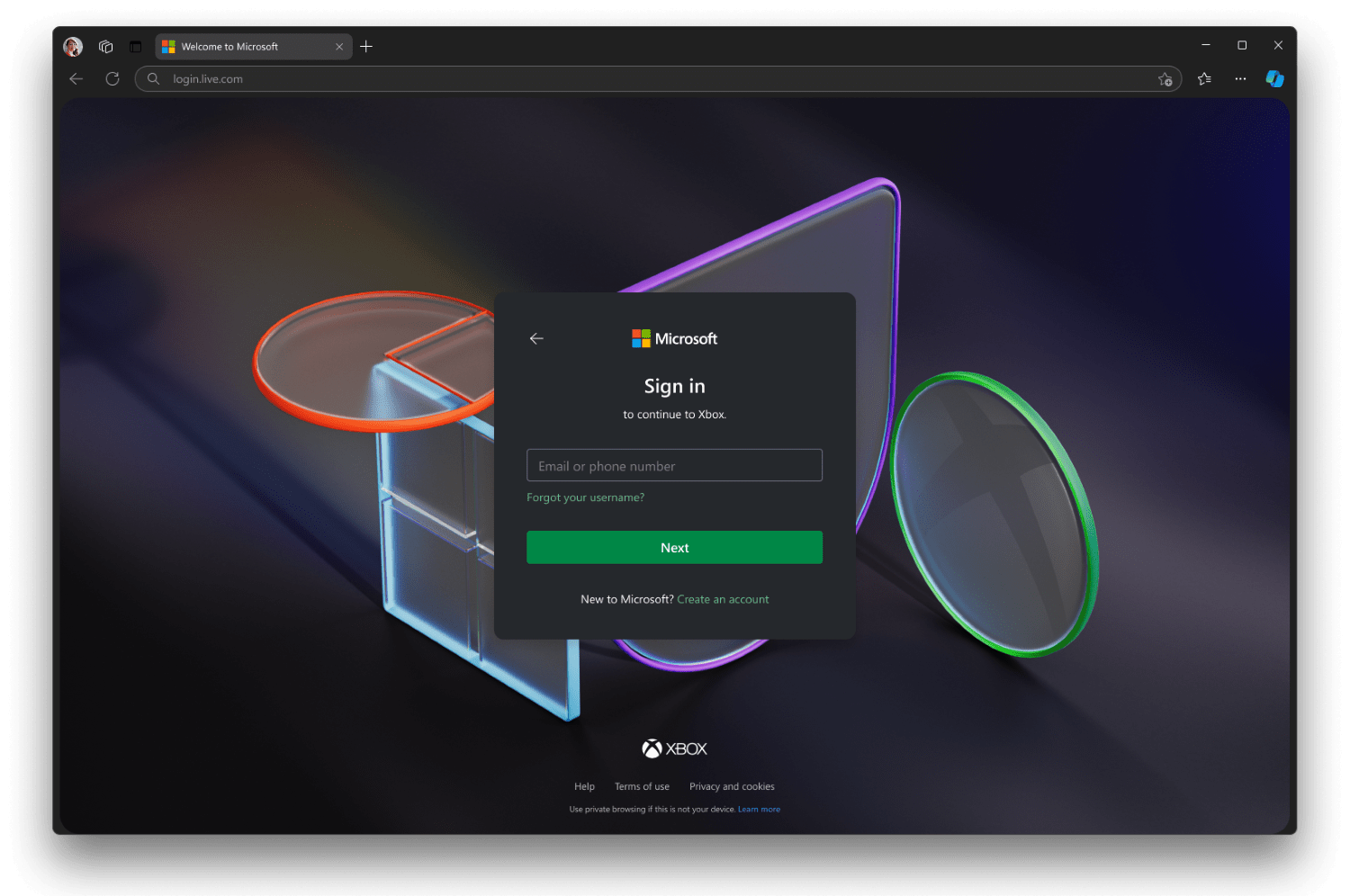Goodbye Passwords: Microsoft's Bold Plan to Revolutionize Digital Security

Microsoft Revolutionizes User Authentication with Passkey-First Approach
In a groundbreaking move to enhance digital security and user experience, Microsoft is transforming how new users access their accounts by prioritizing passkeys and alternative login methods. This strategic update represents a significant leap forward in simplifying and securing digital authentication.
The tech giant is now proactively guiding new users towards more modern, secure login techniques that move beyond traditional password-based systems. By defaulting to passkeys and innovative authentication methods, Microsoft is addressing two critical aspects of digital identity management: enhanced security and user convenience.
Passkeys, which leverage advanced cryptographic techniques, offer a more robust and user-friendly alternative to conventional passwords. They eliminate common security vulnerabilities like password reuse and phishing risks, while providing a seamless login experience across multiple devices and platforms.
This initiative is part of Microsoft's broader commitment to modernizing digital authentication, reflecting a growing industry trend towards more intuitive and secure access methods. By making passkeys the default option, the company is signaling a clear vision for the future of user authentication.
Users can expect a smoother, more secure onboarding process that prioritizes their digital safety without compromising ease of use. Microsoft's forward-thinking approach is set to redefine how we think about account access in an increasingly complex digital landscape.
